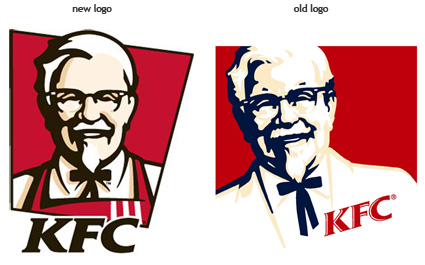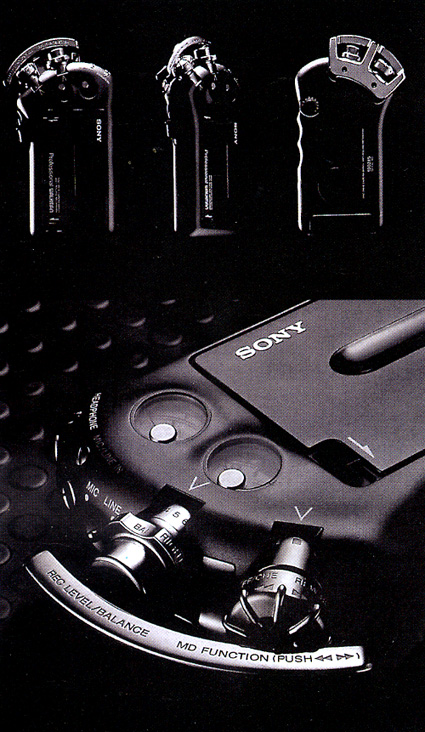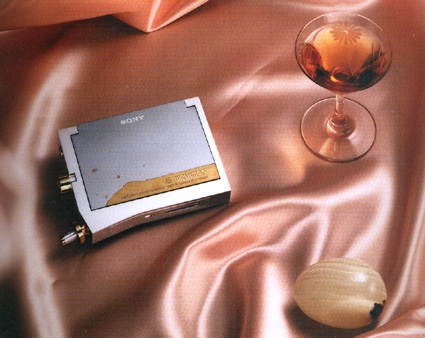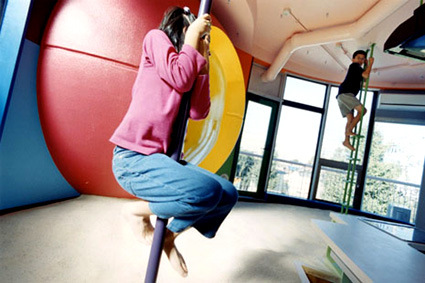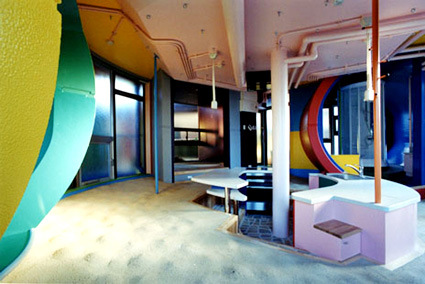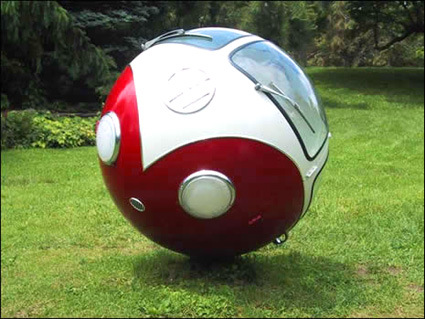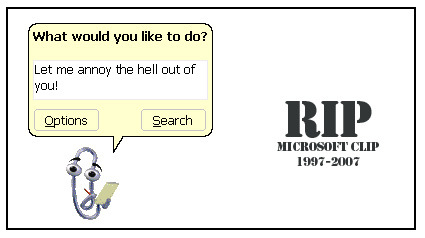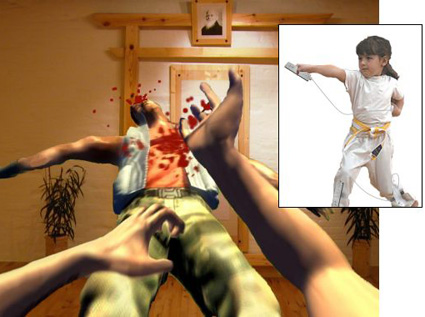
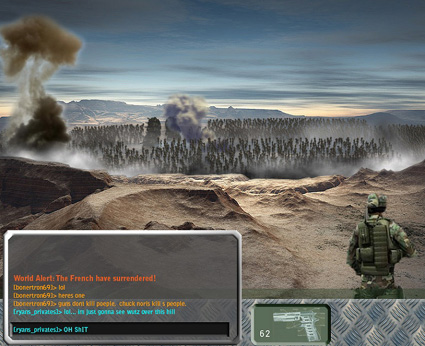
Someone has compiled a top-twelve list of the best games – the catch though, is that these games are not published, nor even being scheduled for publishing (as far as I know anyway). They simply represent the dreams/desires of gamers – and I must say that they are really imaginative gamers – because the suggestions that they came up with definitely appealed to me (I’d really want to jump in and play some of these suggestions) even though it was just a simple paragraph explaining how an example game scenario would work in each of those games.
The first picture is for the imaginary game Total Kungfu – where you’d fight animated opponents using the Wiimote, leaving you frantically waving and flailing ala Dance Dance Revolution gone havoc. The next picture, showing a war scene, is simply a Massively Multiplayer Single Scene War – hear ye:
This is the Combined Arms Simulator PC gamers have been dreaming about from the first time a shot was fired in anger over a modem. A sprawling world war, a Battlefield 2 but with one gargantuan, persistent map that everybody plays on.
There will be AI units to do grunt jobs like holding positions and supply lines. There will be RPG elements like statistics, character growth, and chain of command “guilds.” And Normandy-sized invasions with five thousand players.
Wow, that’s pretty cool aye! Some of the others have pretty cool concepts too! Like “Hard Cell”, whereby the protagonist you control need not want to follow your orders – he does not particularly want to follow your orders, especially if you have betrayed his trust and sent him down hell holes. Your task is then to shepherd and guide him past various obstacles and challenges in the game – fail to look after him, and things gets ugly… COOL isn’t it?
(Am I just fanatical here or something?)
Anyway, here’s the complete list – go look at them yourself and see if these games move you! Game publishers, take note too! And with some luck, some of these would DO indeed come to life.




